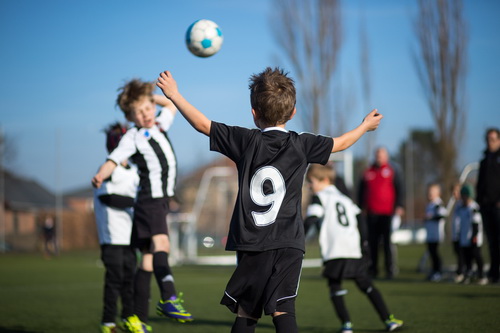Whoever we are and whatever our circumstances we can all benefit from learning eco-values; it is our shared planet after all. Our environment directly impacts upon our communities right around the world. You cannot have one without the other. Life is dependent upon a clean and healthy environment; all ecology on the earth requires this fundamental. Kids with learning difficulties are not immune to concerns about our ecology. They may have some challenges that the rest of us do not have, but they are still members of Planet Earth.
Getting kids who may be having a hard time of processing the world around them involved in eco-awareness can be particularly enriching for all concerned. Feelings of empowerment can accrue to these children through enabling them. Greening kids with learning difficulties can also be a healing process for both teachers and recipients. Eco-values are all about experiential things and not so much theoretical stuff; and this can be a blessed relief for these kids. We impose far too much intellectual stuff on our children, generally, these days. Let them feel and touch what we say rather than having to always imagine situations.
Teaching Eco-Values to Kids with Learning Disabilities
Dealing with our own trash is a good place to start. We at the ACM Green Group love to treat our own trash first. Waste management begins with looking after your own rubbish. Knowing what trash goes in which bin is a basic premise that we must all master early on. Too many parents shield their kids from basic responsibilities when they are young, but empowerment comes with responsibilities. Many kids are destructive through their youth because they have been marginalised from the process of living. If mummy and daddy are always doing everything for you, then you are a passenger and not a driver. We all need to drive our own bus when it comes to the environment; our environment.
Get your kids involved in eco-awareness early on and see them blossom. Teachers are doing at primary schools and kindergartens, showing their students how everything is holistically linked together. Children with learning difficulties can understand the connections between their actions and the consequences. If we do not waste manage, then, we are surrounded by our own rubbish. Recycling is a caring and value added process, which these kids can usually comprehend. In fact, recycling can reflect positively on their own situation. Nothing is wasted whether it conforms to expectations or not; everything has a valued place in the system.


